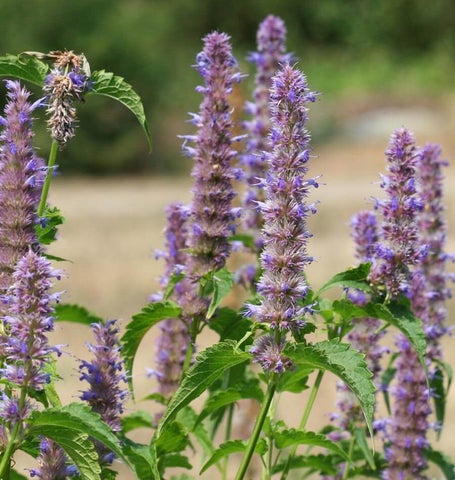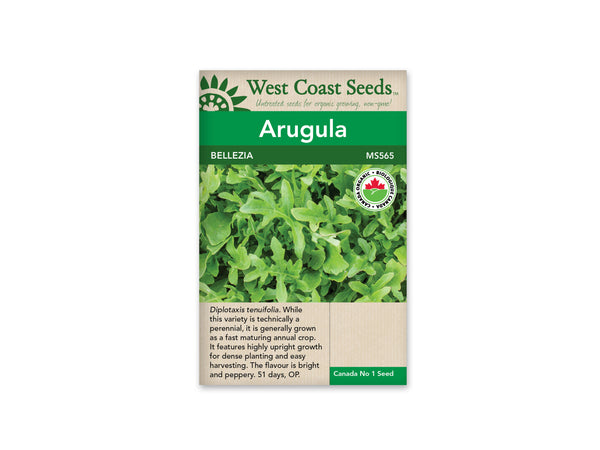Canadian Orders: Flat-Rate Shipping on Orders over $75 | Orders Over $150 Ship Free!
-
Shop
- New Arrivals
- Gardening
- Seeds
- Children + Baby
- Bath + Skin Care
- Baby Toys
- Books
- Puzzles + Games
- Loose Parts + Creative Play
- The Little Naturalist
- Play Chef
- Slings
- Apothecary
- Kids Lunches
- Accessories
- Sustainable Living
- Brushes / Brooms
- Food Storage
- Outdoors
- Coffee, Tea, Chocolate + Honey
- Coffee + Tea Accessories
- Water bottles + Travel Mugs
- Cookbooks
- Dishwashing
- Laundry
- Cleaners
- Accessories
- On The Go Essentials
- Self Care
- Face Care
- Body Care
- Hair Care
- Cosmetics
- Deodorant
- Toothpaste + Oral Care
- Sun Care
- Accessories
- Zero Waste Bathroom
- Soap
- Essential Oils
- For Men
- Books
- Apothecary + Natural Supplements
- Pet Care
- Shop Local
- Bulk
- In Store Pick Up
- Home Improvement
- Paint & Stain
- Discover
- Bulk Bar
Cauliflower — Skywalker Organic
$4.19
Skywalker Organic cauliflower seeds are CERTIFIED ORGANIC! This hybrid cauliflower is perfect for late summer or fall harvests. It's a big, hefty variety with large leaves that partially wrap the medium sized heads. These are densely packed with tight, white curds. The plants are uniform and well adapted for growing regions across North America. In our field trials, the large plants all matured at the identical rate so harvest was very simple. For the home gardener it might be better to plant three or four short rows at two to three week intervals so the crop doesn't come all at once. Skywalker is cold tolerant and resistant to Fusarium Wilt and Fusarium Yellows.
These seeds are coated with an inert, organic form of graphite. This helps to minimize clumping in storage and seed sowing machines. The coating is approved by organic certifiers in Canada, the US, EU, and Japan.
Matures in 75 days. (Hybrid seeds)
Quick Facts:
- Hybrid uniformity
- Matures in 75 days
- Partially self blanching
- Best for late season harvests
Size: 10 seeds
How To Grow: A fresh, home-grown crown of cauliflower is a thing of beauty – crisp, nutritious, and intensely flavourful. Among the Brassicas, it is mild in flavour and surprisingly versatile in the kitchen. Continue reading for some tips on how to grow cauliflower from seed.
Difficulty
Moderately difficult
Season & Zone
Season: Cool season
Exposure: Full-sun
Zone: Overwintering types are only hardy down to -12 to -19°C (16 to -5°F).
Timing
Start indoors four weeks before the last frost to late spring. Transplant in 5-6 weeks. Direct seed when temperatures are reliably above 10°C (50°F). Overwintering types are started in July where winters are mild, and transplanted by August 15th. Optimal soil temperature: 10-30°C (50-85°F). Seeds should germinate in 7-10 days.
Starting
Sow 3-4 seeds 5mm (¼”) deep in each spot you want a plant to grow. Thin to the strongest plant. Space transplants 45-60cm (18-24″) apart in rows 60-90cm (24-36″) apart.
Days to Maturity
From transplant date.
Growing
Ideal pH: 6.0-6.8. Humus-rich soil amended with composted manure is best. Mix ½ cup of complete organic fertilizer into the soil beneath each transplant. From seedling to harvest, cauliflower must grow steadily to make a large plant and curd. If growth slows, scratch additional fertilizer into the surface of the soil around each plant. Maintain even soil moisture with regular watering. Shade the developing curds from sun by tying up leaves or using newspaper. This is known as “blanching,” and will keep them white. Add 20-25 days to the maturity dates if direct sowing.
Harvest
Once curd forms, check every day and cut when the florets are just beginning to separate. At this point the flavour is at peak quality and the size is maximum.
Seed Info
In optimal conditions, at least 80% of seeds should germinate. Usual seed life: 3 years.
Diseases & Pests
Slugs and snails – Slugs are attracted to beer, so place a little beer in a cup dug into the ground. Sprinkle broken eggshells around plants to deter slugs and snails.
Flea beetles – Use row covers to help protect plants from early damage. Put in place at planting and remove before temperatures get too hot in midsummer. Control weeds.
Cabbage root maggot – White maggots (larvae) attack all plants of the cabbage family. Larvae tunnel in and feed on roots of plants. Damage causes wilting early on, death of plants a little later on.
Cabbage aphids – A hard stream of water can be used to remove aphids from plants. Wash off with water occasionally as needed early in the day. Check for evidence of natural enemies such as gray-brown or bloated parasitized aphids and the presence of alligator-like larvae of lady beetles and lacewings.
Cabbageworms – Hand-pick and destroy. Row covers may be useful on small plantings to help protect plants from early damage. Put in place at planting and remove before temperatures get too hot in midsummer.
To help reduce disease, do not plant cauliflower or other Brassicas in the same location more than once every three or four years.
Companion Planting
All Brassicas benefit from chamomile, dill, mint, rosemary, and sage. Avoid planting near eggplants, peppers, potatoes, or tomatoes.
Download this Guide to Companion Planting booklet for more information, planting tips, and a helpful chart that indicates both companion and rival plants in the garden.
Related Items
Agastache — Licorice Mint
Sold Out $3.49
Agastache foeniculum. With heavily licorice-scented leaves and tall spikes of edible lavender flowers, Licorice Mint has been used medicinally for generations. It also happens to...
View full product detailsArugula — Astro Organic
Sold Out $3.99
CERTIFIED ORGANIC! Astro organic arugula seeds produce a plant with leaves that are less lobed and more strap-like. It has a milder flavour than regular...
View full product detailsArugula, Wild — Selvatica Heirloom Organic
Sold Out $3.69
CERTIFIED ORGANIC! Diplotaxis tenuifolia. While technically this variety is a perennial, growers and home gardeners will probably prefer growing it as a fast maturing annual crop. Bellezia...
View full product detailsSign up to get the latest on sales, new releases and more…
© 2024 Sustain.
Ecommerce Software by Shopify


















